Kaithal, which was previously known as Kapisthal, translates to the “abode of Kapi” and has deep connections to Lord Hanuman. According to legend, it was founded by Yudhishthira, the leader of the Pandavas.
Today, Kaithal thrives as a Municipal Council that falls under Kaithal District. The district is a prosperous agricultural area, renowned for its cotton and rice crops.
Historically, in 1398, Timur stopped in Kaithal before attacking Delhi. The town later became a Muslim cultural centre during the Delhi Sultanate’s reign. The city is home to several Sufi remnants dating from the 13th century, including the tomb of Sheikh Sala-ud-din of Bhalkh (1246 CE). During Mughal rule, the town prospered as an agricultural centre.
Kaithal has many lesser-known historical connections as well. Razia Sultan, India’s first woman ruler, is believed to have died here, and her tomb can still be found in the city. In 1767, the Sikh chieftain Bhai Desu Singh took control of the city, and it later came under British influence.
Kaithal is a hidden gem waiting to be explored by avid travelers. This charming town boasts a rich historical tapestry and cultural heritage, offering a unique blend of ancient marvels and modern delights. Join us on a journey through the top tourist places in Kaithal and discover the lesser-known wonders of this enchanting destination.
Kaithal At A Glance
Location: Situated on National Highway NH-65, connecting the state capital Chandigarh to Hissar.
Linking Roads: Kaithal is located on the Ambala-Hisar National Highway No.-65.
How To reach Kaithal Haryana
Here are the different ways to get to Kaithal:
By Air: Chandigarh Airport is the closest major airport, located approximately 105 km from Kaithal. You can also fly into Indira Gandhi International Airport in New Delhi, which is around 157 km away.
By Rail: Kaithal is easily accessible by train, thanks to a well-developed rail network.
By Road: A well-developed network of roads connects Kaithal to nearby cities.
Must-Visit Places In Kaithal Haryana
Hanumaan Mandir
Kaithal, once known as Kapisthal, meaning “Abode of Kapi,” is steeped in history and tradition. One of the city’s most important landmarks is the Hanuman Mandir, dedicated to Lord Hanuman. Located at Jattan Moh in the heart of the city, this temple holds great significance for locals and visitors alike.
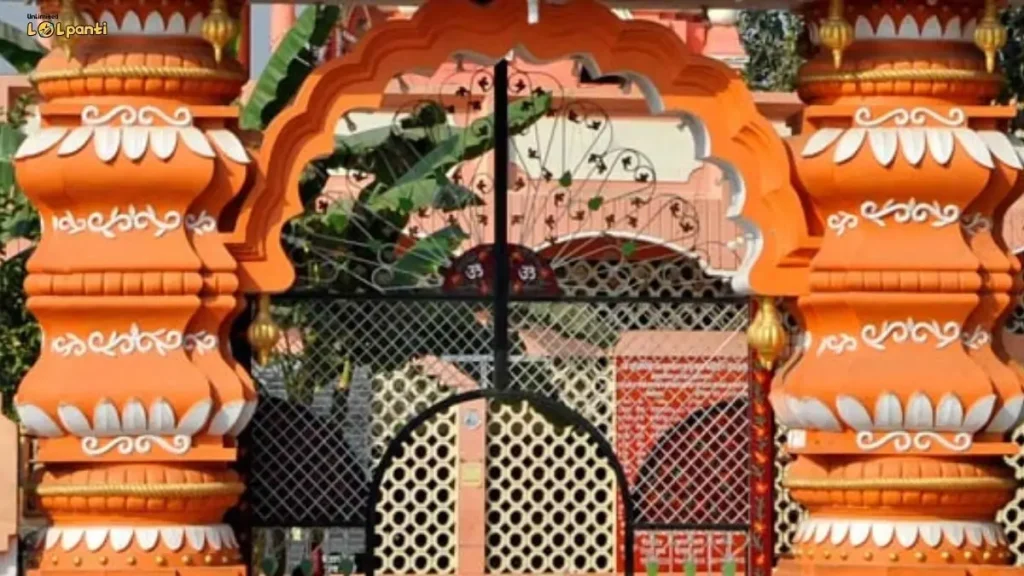
Topiyon Wala Gurudwara
Located at the heart of the city, Topiyon Wala Gurudwara is a fascinating place to visit. This Gurudwara offers a unique blend of Hinduism and Sikhism, where both Shri Guru Granth Saheb and Ramayana are recited during services.

Tomb of Razia Sultan
Razia Sultan, the daughter of Iltutmish, was the ruler of Slave dynasty. She was first woman to sit on the throne of Delhi. But the nobles revolted against her and made her brother Mohin-ud-Din Bahram Shah sit on the throne. Meanwhile, Razia got married to Negro Altunia, the Governor of Bhatinda. For capturing the throne, they both marched towards Delhi, Bahram send his army to capture them. The armies of both the parties fought near Kaithal and Razia was killed on 14th October, 1240 AD and was buried at the site of her death.
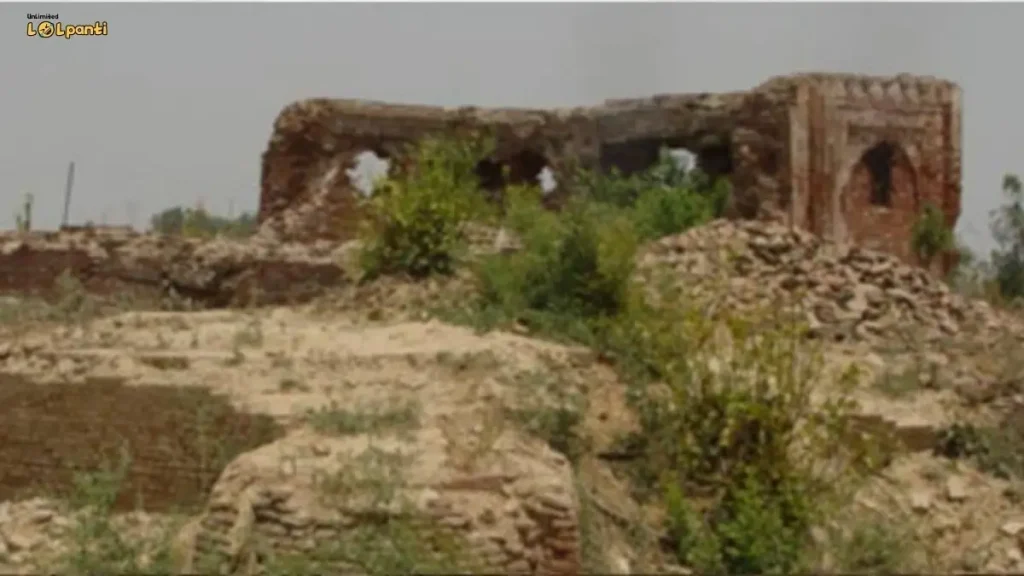
The original grave of Razia once existed at this place. This mausoleum was protected by a boundary wall and the western wall had a closed arch. A small gate was left on the eastern side for entering the monument.
Vidyakar Teerth (Vriddh Kedaar) and Anjani Teela
Vidyakar Teerth is a sacred site that holds great religious importance. As the Vamana Purana states, “Kapisthaleti vikhdyatam sarvapatakanashanam yasmina sthitaha swayam devovridha kedara samgjijitaha”, which translates to “The famous Kapisthala sanctuary, destroyer of all wicked deeds, is situated here because Lord Vridhakedaara himself resides here.”
Ancient Bricks Temple
The origin of the name Kalayat can be traced back to Kapilayatana, which means the “home of sage Kapila,” a preacher of Sankhya-darshan of Indian philosophy. This area was once the site of five brick temples situated on the bank of a holy tank at ancient Kapilayatan, but only two of these temples remain today, estimated to have been built around the 8th century AD. These temples showcase early Hindu temple architecture and feature intricate carvings made from thin mortar and carved bricks, highlighting the Gurjara-Pratihara style. The most notable feature of these temples is the arrangement of the carved bricks. One of the surviving temples remains well-preserved, while the other has undergone significant alterations. These temples are possibly the only surviving specimens of pre-Muslim era north Indian temples in this region.
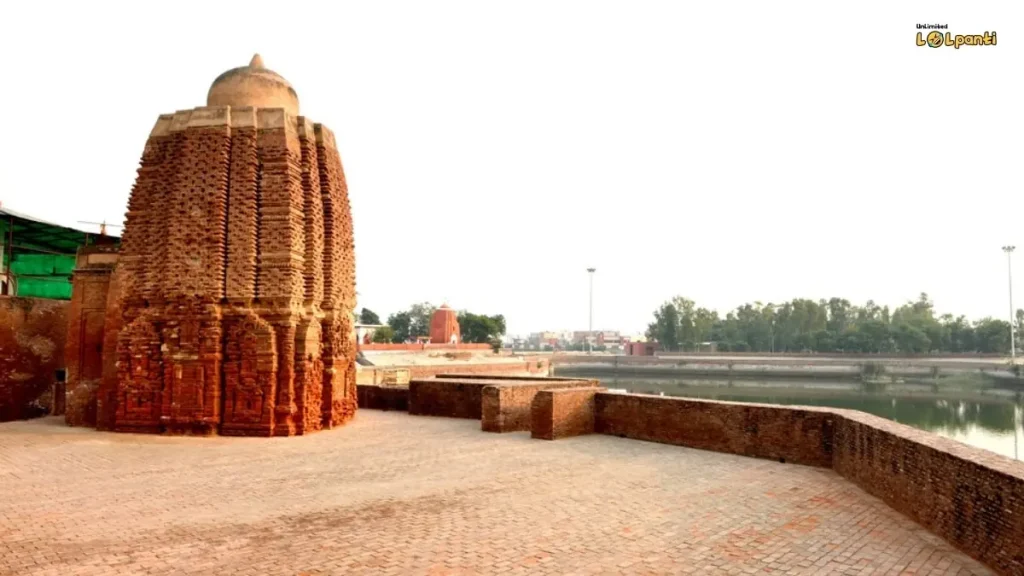
Ancient Baoli : Tourist Places In Kaithal Haryana
The Baoli, colloquially referred to as “Bhai Ki Baoli,” is a remarkable three-story structure with a step-well design. To access the bottom of the well, one must descend a flight of stairs that are lined with thick walls on either side. These walls are adorned with closely spaced arched doorways, adding to the baoli’s aesthetic appeal. The Bhai rulers (1767-1843) of Kaithal state commissioned the construction of this well for the benefit of the general public.

Tomb of Sheikh Tayyab
The words ‘Sheikh’ and ‘Tayyab’ are synonymous with ‘Fakir’ (saint) and ‘pure’. Sufi saint Hazrat Shah Kamal arrived in India from Bagdad, and once he passed away, Sheikh Tayyab took on the spiritual leadership of his mentor. Sheikh Tayyab eventually passed away in the late 16th century AD. Legend has it that the tomb was commissioned by Hazrat Shah Sikandar, the son of Hazrat Shah Kamal. The structure was built in a square plan, a popular style of Pathan architecture, and features a bulbous dome atop the roof with a lotus flower finial resting on an octagonal drum-base.
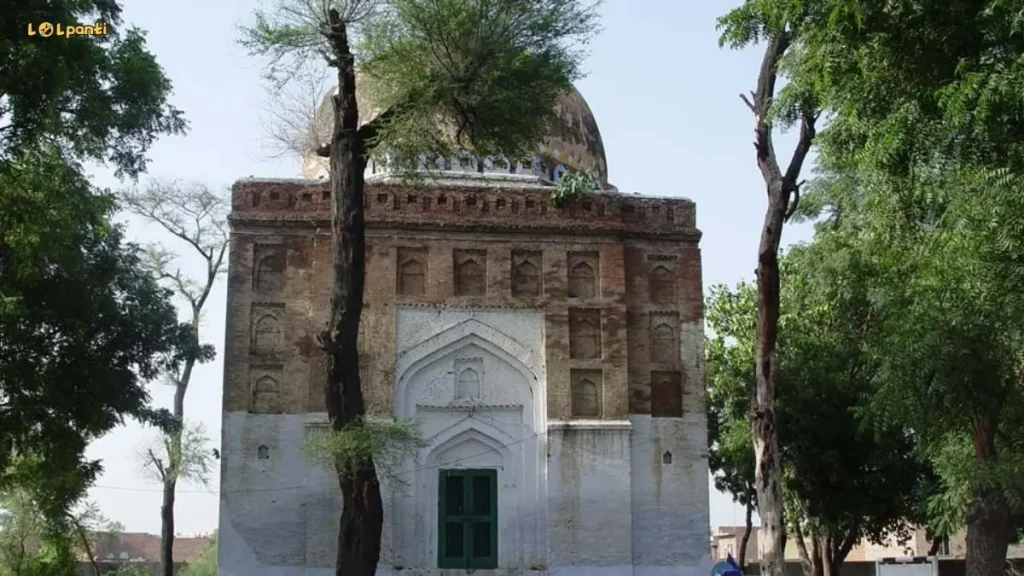
Ancient Site of Thehpolar
According to local legend, the Mound of Theh Polar, located on the southern bank of the Saravati River, was once a thriving village that was destroyed during the Mahabharat war. Today, it rests about 4 kilometers from the village of Siwan and 10 kilometers from Kaithal.
During a small-scale archaeological excavation at this site, artifacts dating back to various periods were discovered. These include coins from the Vasudeva and Yaudheyas dynasties, clay seals, weights, pottery, copper vessels and more. Interestingly, Shri Shankar Nath of the Archaeological Survey of India also reported discovering Painted Grey Ware during an exploration of the site.
It’s worth noting that prior to this discovery, the site was already known for the interesting collection of antiquities and coins from the Indo-Greek period.
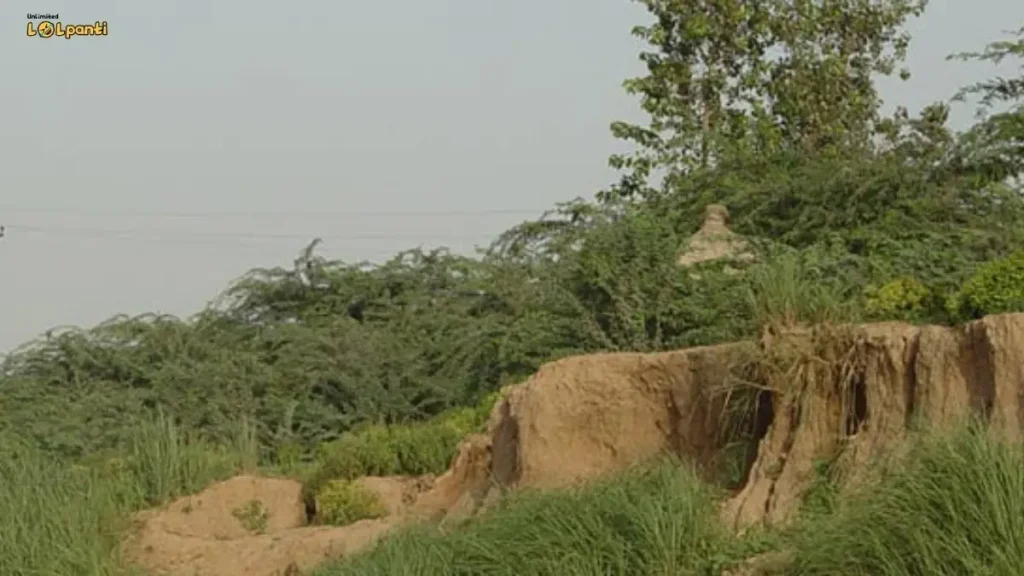
Forts and Palaces of Bhais
The Jat Sikh rulers, known as Bhais, who once governed Kaithal princely state, were renowned for their impressive architectural feats. One of the most notable features of the oldest palace is the hidden escape tunnel. Another palace, which was built on European design principles by Bhai Udey Singh, is located nearby and now serves as the residence of administrative officers.
Bhai Udey Singh, the last ruler of Kaithal, constructed the Garden House, an impressive palace located in Pehowa. Notably, the palace features unique entrances and exudes an elegant aesthetic, making it a significant architectural landmark.
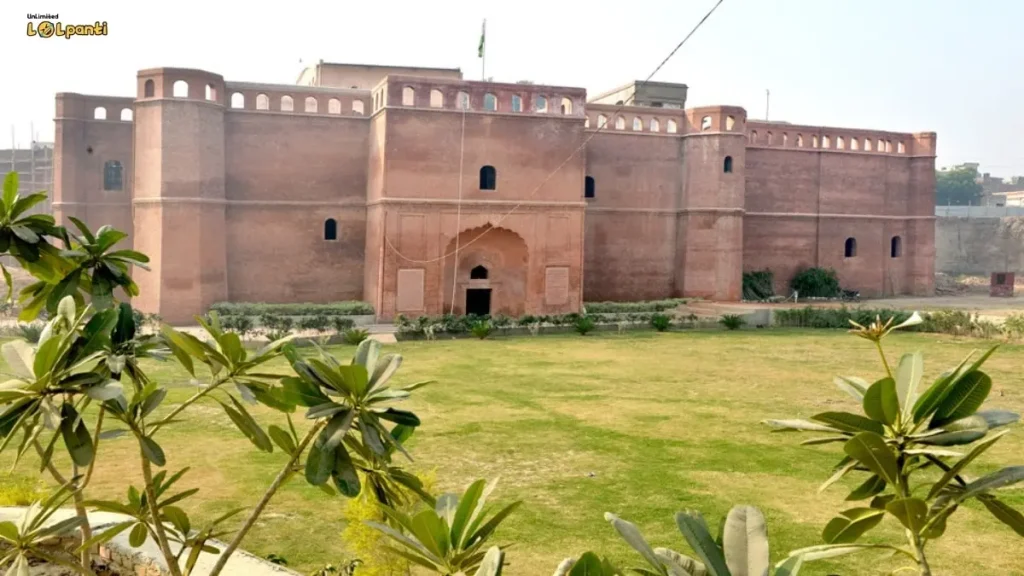
Palace at Pihowa
Bhai Udey Singh, the final chief of Kaithal, erected an impressive palace in Pihowa and dubbed it the Garden House. This palace boasts of unique entrances and a sophisticated design, making it an important structure from an architectural standpoint.
Nine kunds: Tourist Places In Kaithal Haryana
In Kaithal, there are nine water pools that are named after the planets in our solar system. These kunds were constructed by various builders at different periods. While five of these kunds still exist, some have undergone renovations to preserve their historical significance.
Final Words
Often overlooked due to its more renowned neighbors, Kaithal is a treasure trove of history, spirituality and modern advancement. Whether you’re fascinated by ancient archaeological sites, spiritual sanctuaries or the blend of traditional and contemporary elements, Kaithal has so many tourist places. Plan your visit to this charming town in Haryana, and let its allure create memories that will stay with you long after your visit is over.
Also Read:

